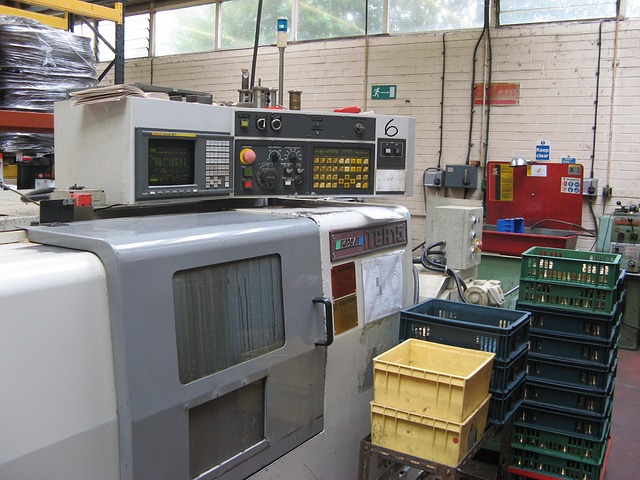In today’s rapidly evolving technological landscape, the interplay between robotics, artificial intelligence (AI), and business automation is becoming increasingly complex. As organizations strive for efficiency and productivity, they often overlook a growing concern: the phenomenon of automated irrationality. This paradoxical situation arises when machines, designed to enhance decision-making, inadvertently produce outcomes that defy logical reasoning or emergent human sensibilities.
Robot systems and algorithms are engineered to process vast amounts of data and execute tasks with precision. However, as sophisticated as these technologies may be, they often lack the contextual understanding that humans bring to the table. For instance, consider a logistics AI that optimizes delivery routes solely based on traffic data and fuel efficiency. If the algorithm overlooks local events, sudden weather changes, or human factors like customer preferences, the outcomes may lead to poor customer service or inefficiency, showcasing a quintessential case of automated irrationality.
The implications of this phenomenon extend well beyond logistics. In sectors such as finance and healthcare, the reliance on automated systems can turn critical decisions into irrational choices. An AI predicting stock market behaviors might advocate for risky investments that appear lucrative on paper but fail to consider market sentiment or economic shifts. Likewise, in healthcare, diagnostic tools that analyze patient data might deliver recommendations lacking a holistic view of a patient’s unique history, leading to potentially life-altering mistakes.
In the realm of business automation, achieving a balance is key. Organizations aiming to implement AI and robotics into their operational fabric must consider the limitations of these technologies. A collaborative approach, where human insight complements machine efficiency, is essential. This means fostering an environment where employees are empowered to question the decisions made by automated systems, mitigating the risk of automated irrationality.
Moreover, the ethical implications of automated decision-making cannot be ignored. As AI continues to penetrate various aspects of business, moral dilemmas arise concerning liability and accountability. If a robot malfunctions and causes harm, or if an AI-driven negotiation strategy backfires, who is responsible? These questions underline the necessity of integrating a human touch in automation processes to prevent the emergence of irrational outcomes.
To further confront the challenges posed by automated irrationality, companies need to invest in educating their workforce about AI literacy. Understanding how AI systems function, their limitations, and the data behind their decisions can aid employees in making informed choices and interpretations of automated recommendations. This knowledge empowers teams to operate confidently alongside technology, allowing them to harness the full potential of automation while remaining vigilant of its pitfalls.
As we move forward into an era dominated by technological solutions, the goal should not merely be to automate processes but to enrich them. Organizations must embrace a culture that values human judgement alongside machine intelligence. By recognizing the risks of automated irrationality and actively seeking balance, businesses can create robust systems that enhance decision-making without compromising their ethical standards or operational integrity.
In summary, as we stand on the cutting edge of robotics and AI, the focus should be on fostering synergy between human intuition and automated efficiencies. Through critical evaluation and ethical considerations, we can navigate the complexities of business automation, steering clear of irrational outcomes that undermine our goals.




